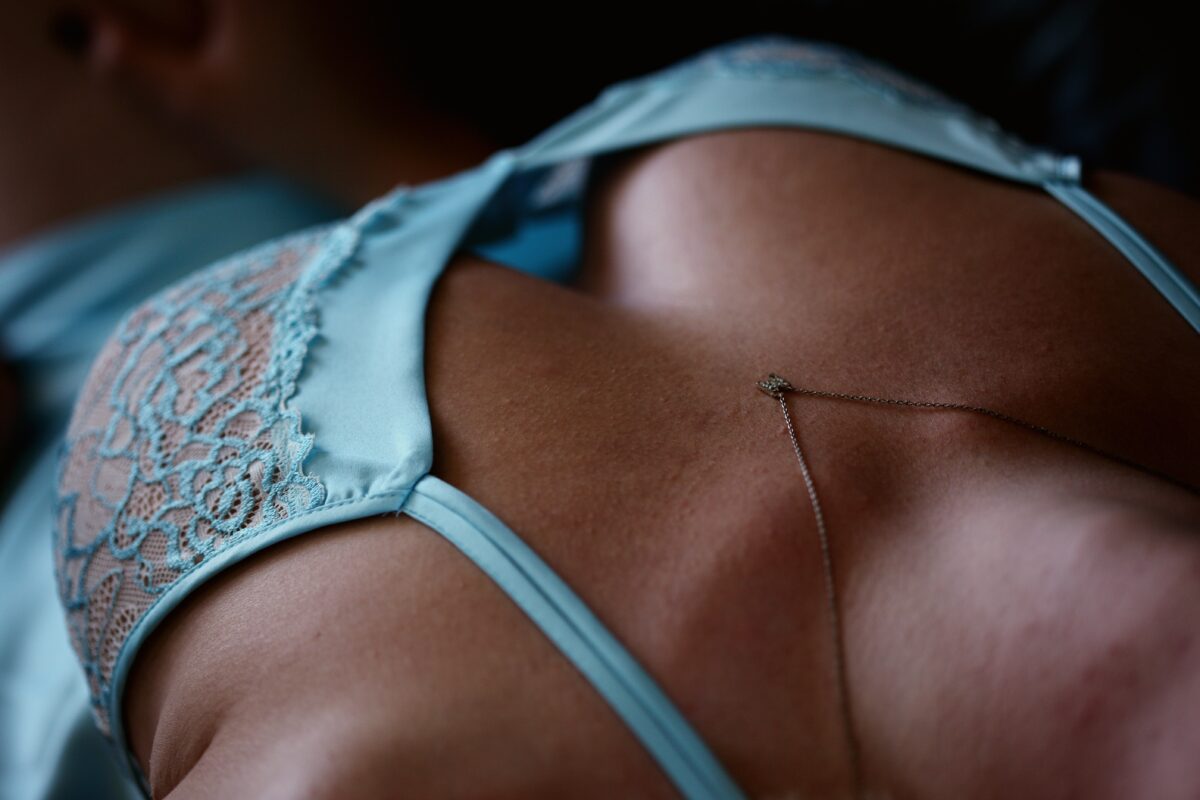Breast Implants Hurting

Breast Implants Hurting (what could it be?)
Following a breast augmentation, it is natural to experience pain and discomfort during your recovery period. However, persistent pain or irritation outside of the healing period is not a normal result of breast augmentation and should be checked by a professional.
Whilst breast augmentation remains one of the safest cosmetic procedures on the market, it is important to remember that all medical procedures come with a risk of complication.
Here are some of the possible reasons breast implants could hurt.
Breast Implant Rupture
Whilst implant ruptures are most common in older implants, they can happen at any time. A rupture is when an implant tear inside the breast capsule, causing the filling to leak out.
Now, some ruptures can be difficult to spot, but they can cause the surrounding breast tissue to become irritated, and you may experience pain, swelling, a significant hardening of the breast, or a change in size and shape.
If you have saline implants, a rupture will result in almost immediate deflation making it easy to diagnose. In contrast, silicone implants can be difficult to detect without an ultrasound because the silicone solution is viscous and will leak out at a much slower rate, and usually remain around the breast capsule.
Whilst ruptures are not considered dangerous, or a life-threatening emergency it is important that you have your breasts checked by a professional. We recommend undergoing regular breast screenings to monitor the overall health of your implant and detect any complications such as rupture that may require revision.
Capsular Contracture
Capsular contracture is a fairly rare complication, but it can occur with both saline and silicone implants.
Naturally, when an implant is placed the body forms a harmless capsule of scar tissue around the implant. Now, in most cases this scar tissue remains soft and flexible, however, sometimes it may become overly firm and start to squeeze the implant. This is known as capsular contracture.
Typically, symptoms of capsular contracture manifest as pain, significant hardening of the breast, or visible changes to the breast’s size or shape. If you are concerned, we recommend having your implants reviewed by a professional as soon as possible to mitigate the risk of infection.
Necrosis
Necrosis is a more serious cause of breast implant pain that occurs when blood flow and oxygen to the area are restricted. This can result in the death of healthy breast tissue, known as necrosis.
One of the key symptoms of necrosis to be aware of is a change in your skin colour around the breast becoming blue, purple, or black. You may also experience significant pain and should have your breasts checked as soon as possible to reduce the risk of any long-term damage.
Lymph node Damage
Following your breast augmentation procedure, you may experience slight swelling or tenderness in the lymph nodes around your armpit.
If the pain persists beyond your natural healing period, there is a slight chance that the lymph nodes were damaged during surgery. If you have silicone implants, it can also be symptomatic of a rupture as silicone gathers around the area.
Seroma
Following breast augmentation procedures, a fluid known as serous is secreted and can gather around the incision area. If there is an excessive amount of serous fluid, it may develop a lump that can be painful to the touch known as a seroma.
It is important to closely monitor how your wounds heal following your procedure, and inform your surgeon of any additional pain, burning sensations, or changes to skin texture that could indicate a seroma.
In the case of a seroma developing, your surgeon will usually call you in to check everything is healing as it should and drain the lump to help with any pain.
Hematoma
Hematoma is caused by blood from the incision pooling and clotting around the nearby tissue causing small, painful lumps to form.
Usually, hematoma manifests as pain, swelling, and bruising around the breast. Now, in most cases, hematomas can clear up by themselves given time, but you must be checked out by a professional if you are concerned to identify and advise on any potential complications.
It is important to remember that the average lifespan of a breast implant is around 10 years, after that they should be replaced or removed. Now, whilst complications associated with breast augmentation is rare, we recommend you undergo regular breast health screenings, such as an Implant Health screening to monitor the ongoing health of both the implant and the surrounding breast to identify any potential complications.
For more information, or to book your screening at one of our centres contact Implant Health.